The Amazon and the Amazon river have always held a deep fascination for me. The mysteries they hold and the magnificent and often deadly wildlife that call these places home fill me with wonder. I haven’t made it there yet, but a guided trip through the safer parts of the rainforest is definitely on my bucket list. I wouldn’t want to meet any of the creatures on this list alone and unprepared, though.
The Amazon River, a vast waterway snaking through the heart of South America, teems with life and danger. In its murky depths and along its lush banks, some of the world’s most fearsome predators lurk. These creatures have evolved over millions of years to become perfectly adapted killing machines. From tiny fish with razor-sharp teeth to massive reptiles that haven’t changed since the age of dinosaurs, the Amazon river’s predators are fearsome and many are deadly.
Green Anaconda

The green anaconda is the world’s heaviest snake, capable of growing up to 30 feet long. These massive semi-aquatic constrictors lurk in shallow waters, waiting to ambush their prey. With powerful muscles, they can squeeze the life out of animals as large as caimans or capybaras. While attacks on humans are rare, the green anaconda’s sheer size and strength make it one of the Amazon’s most intimidating predators.
Black Caiman

Black caimans are the largest predators in the Amazon ecosystem, growing up to 20 feet long. These ancient reptiles are apex predators, feeding on fish, birds, and mammals that come too close to the water’s edge. With powerful jaws and armored skin, black caimans fear no other creature in their domain. They play a crucial role in maintaining the balance of the river’s ecosystem.
Red-Bellied Piranha
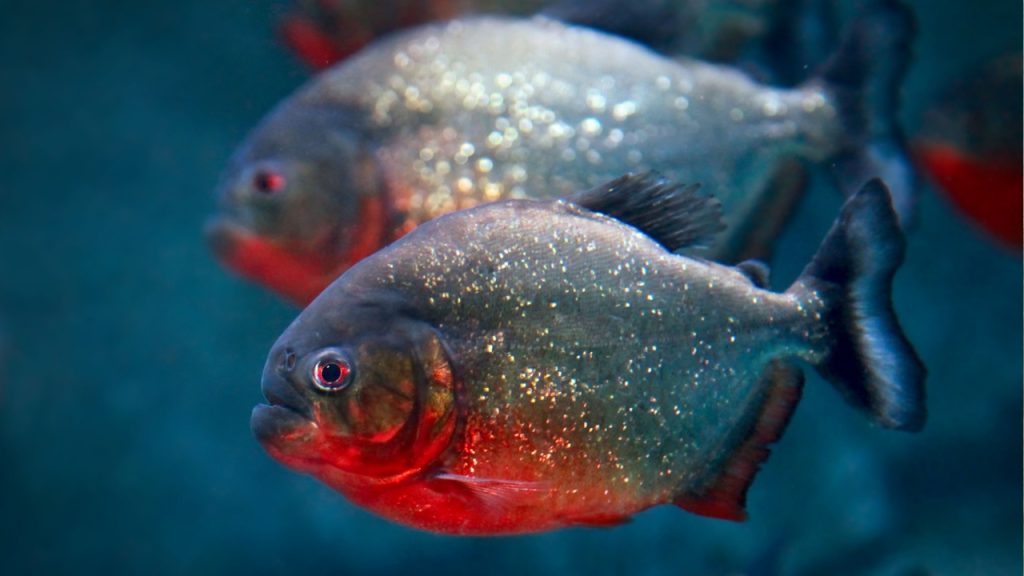
Despite their fearsome reputation, red-bellied piranhas are actually omnivores that typically feed on fish, insects, and plants. However, their razor-sharp teeth and tendency to hunt in schools make them formidable predators when food is scarce. These small but mighty fish can strip the flesh from larger animals in minutes when hunting as a group. While attacks on humans are rare, their reputation as voracious eaters is well-deserved.
Electric Eel
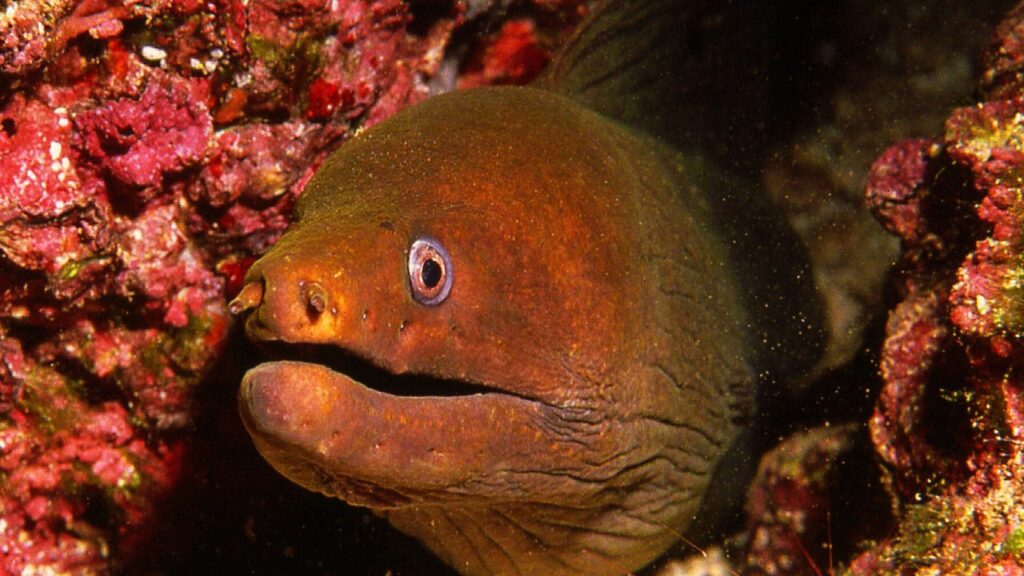
The electric eel is not actually an eel, but a type of knifefish that can generate powerful electric shocks. These jolts, up to 860 volts, are used to stun prey and deter predators. Electric eels hunt by using their electricity to detect nearby fish, then shocking and swallowing them whole. Their unique hunting method and powerful electrical discharge make them one of the Amazon’s most unusual and effective predators.
Jaguar
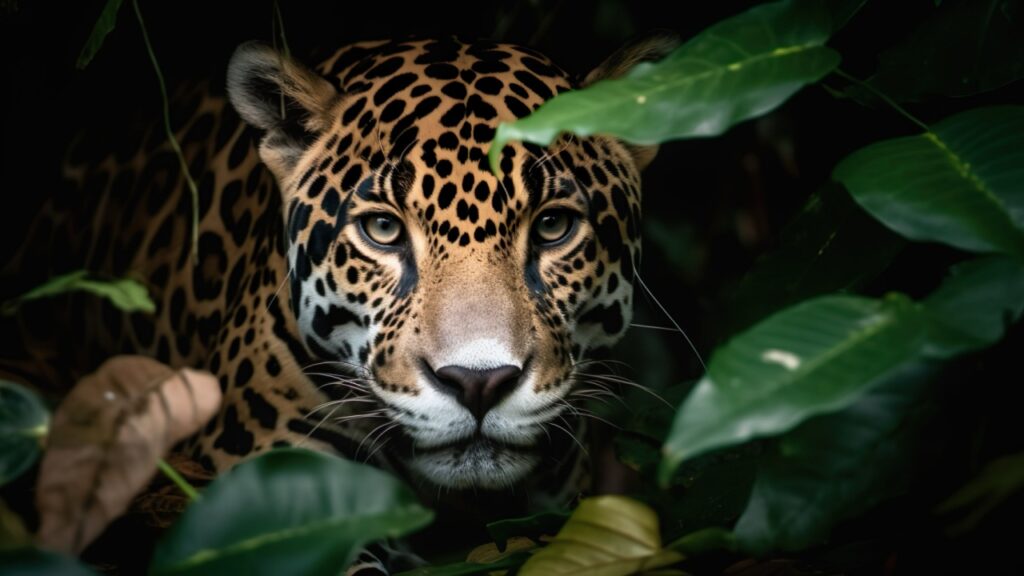
The jaguar, the largest cat in the Americas, is equally at home on land and in water. These powerful felines often hunt along riverbanks, preying on fish, turtles, and caimans. Jaguars have incredibly strong jaws, capable of crushing the skulls of their prey. Their ability to thrive both in the jungle and in aquatic environments makes them versatile and deadly predators of the Amazon.
Giant River Otter
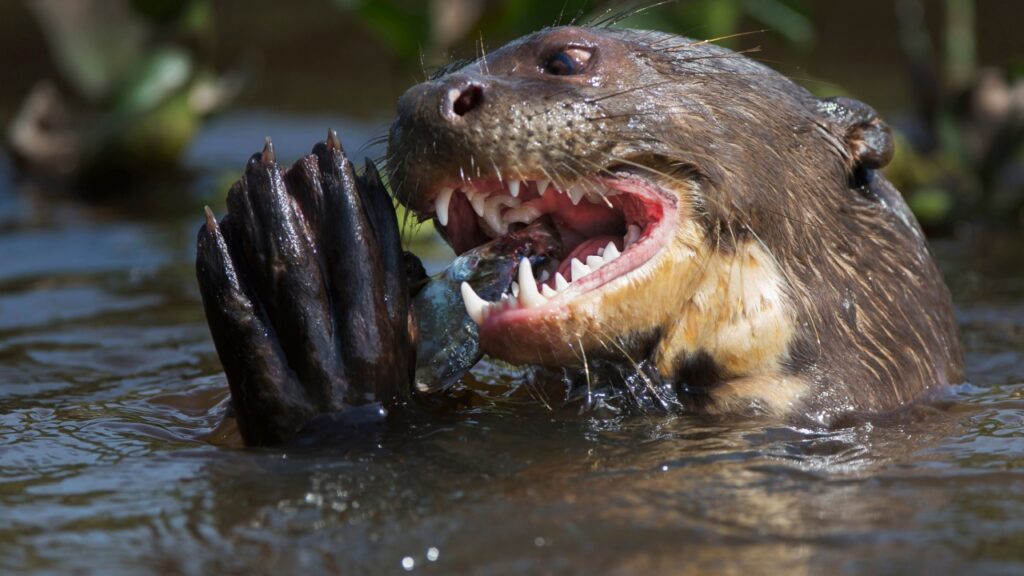
Don’t let their cute appearance fool you – giant river otters are ferocious predators. Growing up to 6 feet long, these social animals hunt in family groups, taking down fish, crabs, and even small caimans. Their streamlined bodies and webbed feet make them excellent swimmers, able to outmaneuver most aquatic prey. Giant river otters are known for their intelligence and complex social structures, making them highly effective team hunters.
Arapaima
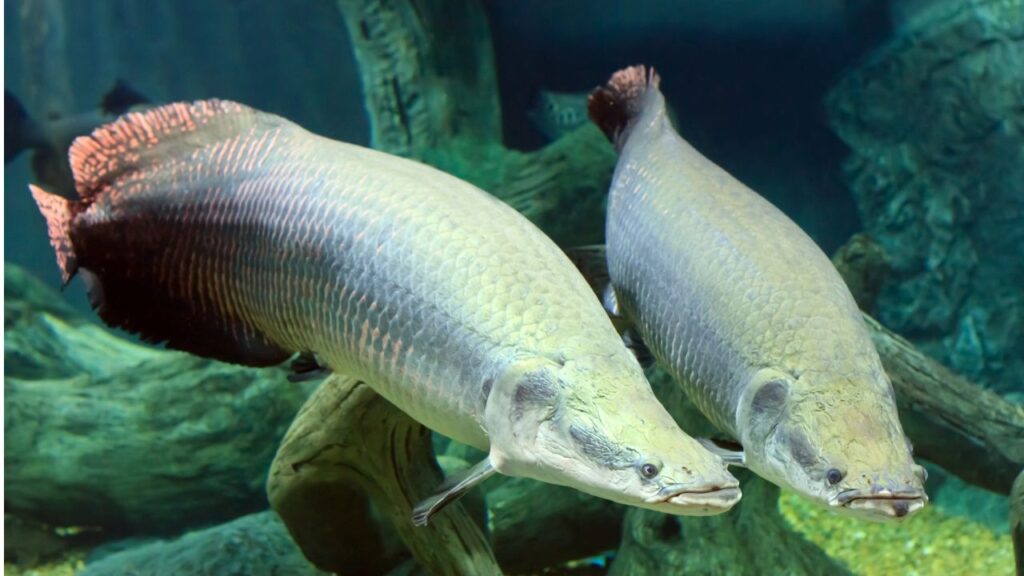
The arapaima is one of the world’s largest freshwater fish, growing up to 10 feet long and weighing up to 440 pounds. These ancient fish are air-breathers, allowing them to survive in oxygen-poor waters. Arapaimas are ambush predators, using their powerful bodies to lunge at smaller fish and even birds that come too close to the water’s surface. Their size and hunting prowess make them top predators in the Amazon’s flooded forests.
Harpy Eagle

While not strictly an aquatic predator, the harpy eagle hunts along the Amazon’s riverbanks and in the surrounding rainforest. With talons the size of grizzly bear claws, these massive birds can snatch monkeys and sloths from treetops. Harpy eagles have excellent vision and can fly through dense forest with remarkable agility. Their strength and aerial hunting skills make them one of the most formidable predators in the Amazon region.
Bull Shark
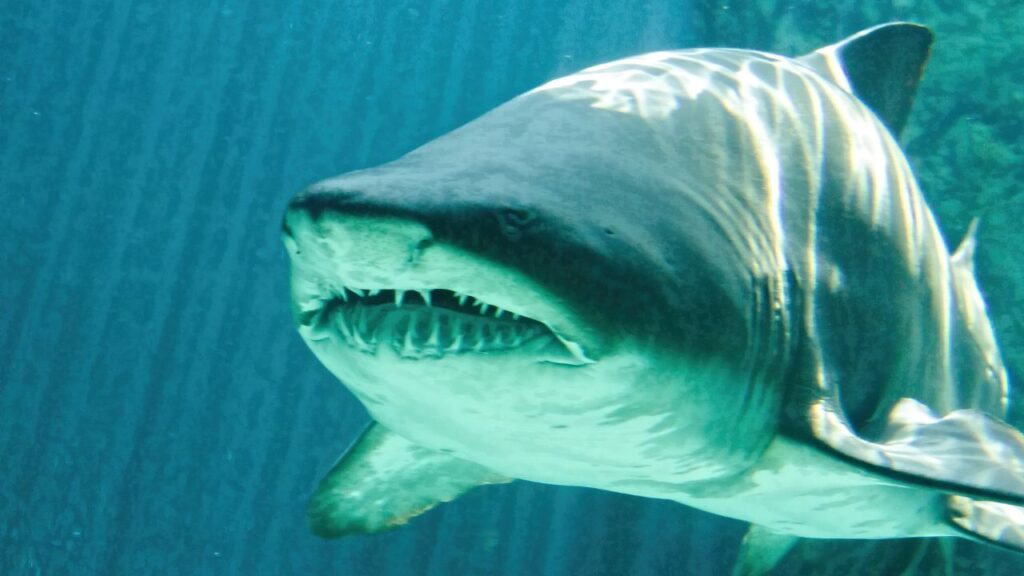
Bull sharks are one of the few shark species that can tolerate freshwater, allowing them to venture far up the Amazon River. These aggressive predators are known for their stocky build and powerful bite. Bull sharks in the Amazon prey on a variety of fish and can even take down larger animals. Their ability to adapt to freshwater environments makes them a unique and dangerous predator in the river system.
Payara
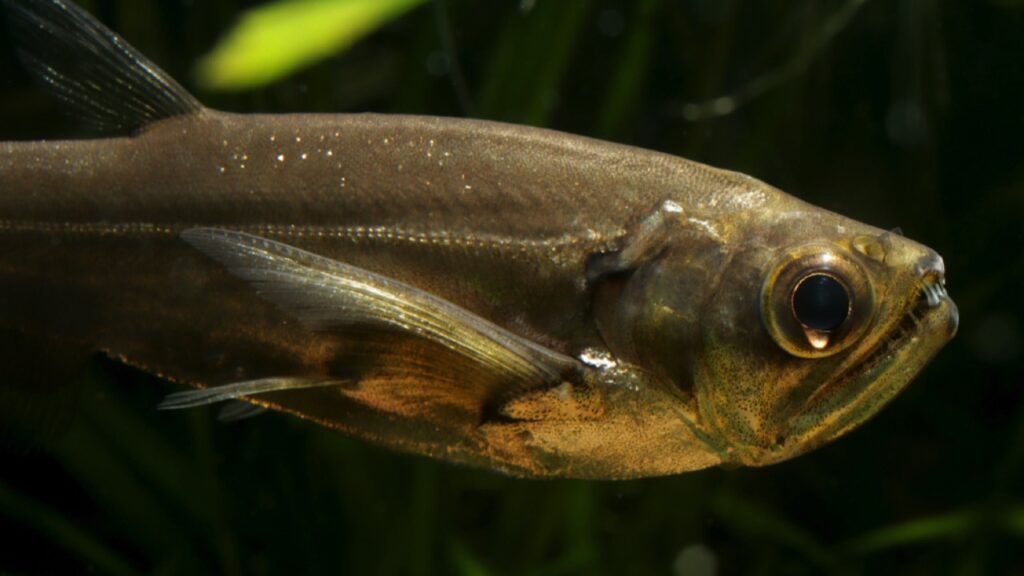
Often called the “vampire fish” due to its long, fang-like teeth, the payara is a fearsome predator of the Amazon. These fish can grow up to 4 feet long and are known for their powerful builds and aggressive hunting behavior. Payaras primarily feed on smaller fish, impaling their prey with their impressive teeth. Their unique appearance and predatory nature make them one of the most distinctive hunters in the Amazon River.
Spectacled Caiman
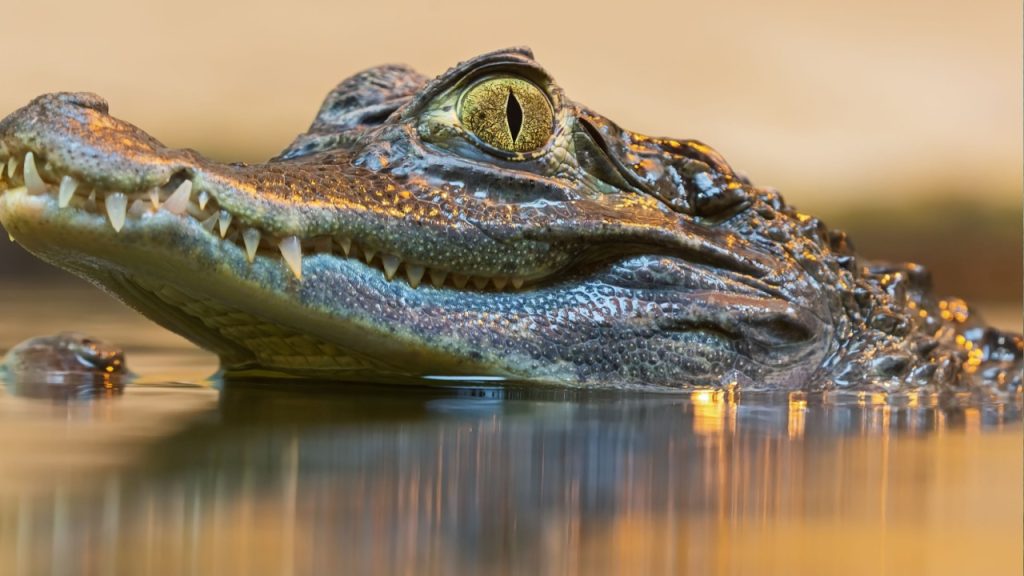
Smaller than their black caiman cousins, spectacled caimans are still formidable predators in their own right. These adaptable reptiles can be found throughout the Amazon basin, hunting fish, birds, and small mammals. Spectacled caimans are known for their resilience and ability to thrive in various habitats. Their presence in large numbers makes them a significant predatory force in the Amazon ecosystem.
Candiru
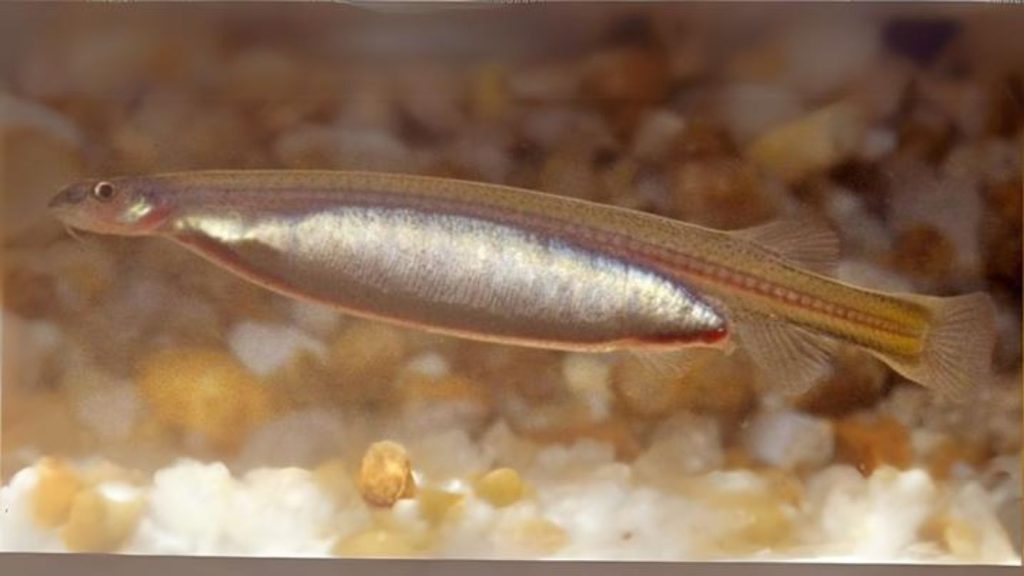
The candiru is a tiny parasitic catfish with a horrifying reputation. While stories of these fish entering human bodies are largely exaggerated, they do parasitize the gills of larger fish. Candirus use their sharp spines to attach themselves to their hosts, feeding on blood and tissue. Their small size and parasitic nature make them a unique and unsettling predator of the Amazon River.
Tucunaré Peacock Bass
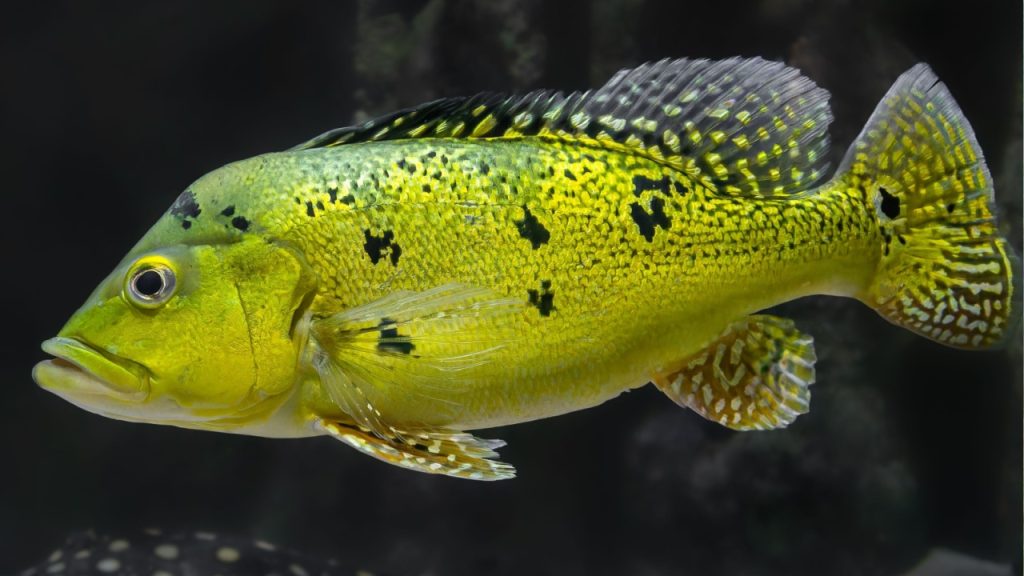
The tucunaré, or peacock bass, is a colorful and aggressive predatory fish native to the Amazon. Known for their voracious appetites, these fish will attack almost anything that moves, including lures much larger than themselves. Tucunarés are prized by sport fishermen for their fighting spirit and beautiful coloration. In their natural habitat, they are efficient predators that help control populations of smaller fish species.
Giant Water Bug

Also known as the “toe-biter,” the giant water bug is a fearsome aquatic insect that punches well above its weight. These large bugs can grow up to 4 inches long and are capable of taking down prey much larger than themselves, including small fish and amphibians. Giant water bugs inject their prey with powerful digestive enzymes, liquefying their insides before sucking them out. Their aggressive nature and potent bite make them surprisingly formidable predators.
Freshwater Stingray
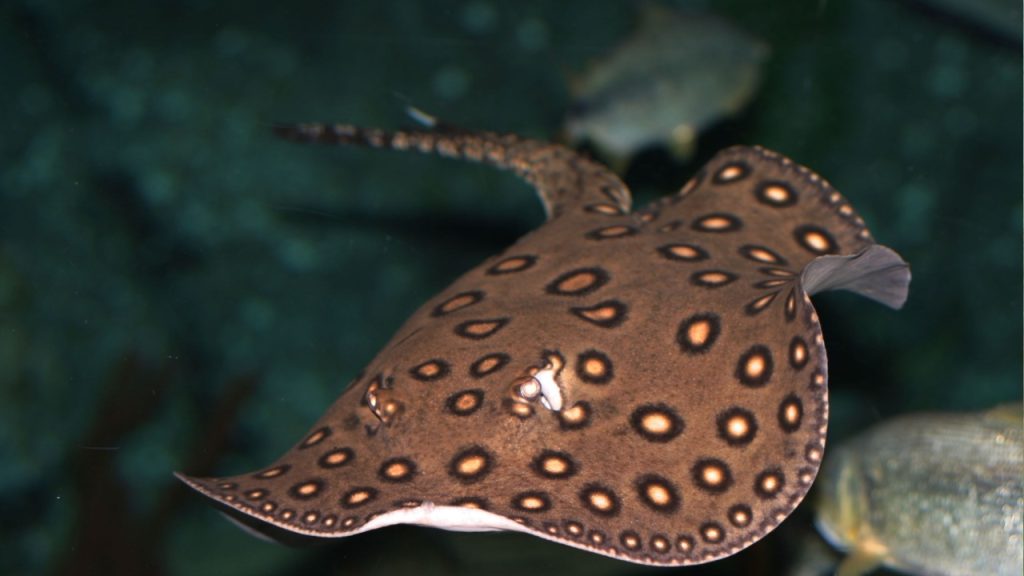
Several species of freshwater stingrays inhabit the Amazon River, including some of the largest stingrays in the world. These flat, disc-shaped fish are ambush predators, burying themselves in the river bottom and waiting for prey to pass overhead. While not typically aggressive towards humans, their venomous stingers can inflict painful wounds. Freshwater stingrays play an important role as predators in the Amazon’s complex food web.



